Glass production is a high-temperature industry, and molten glass can corrode the refractory materials in the furnace pool. Due to the influence of high temperature, flames, and flying materials, once the refractory materials are corroded and damaged, the life of the melting furnace will be affected. If the glass liquid is contaminated, it will also seriously affect the quality of the glass. Therefore, the refractory materials used in glass furnaces need to be strictly selected.
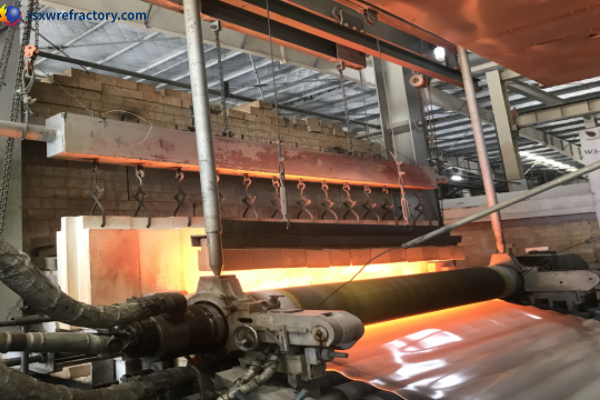
Four common refractory materials for glass furnaces
The refractory materials in glass kilns can be divided into fused cast refractory materials, sintered refractory materials, amorphous refractory materials, and insulating refractory materials.
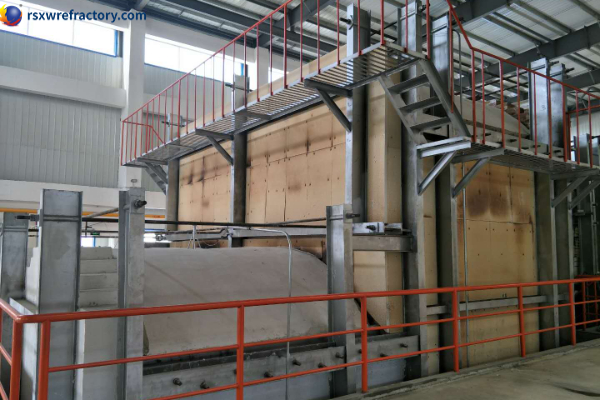
- Fused-cast refractory materials have excellent resistance to glass liquid erosion and alkali vapor erosion and are furnace-building materials for key parts of melting furnaces. Fused-cast refractory materials are mainly made by casting raw materials after melting in an electric furnace, and then annealing and machining. Its microstructure is more uniform than that of general refractory materials.
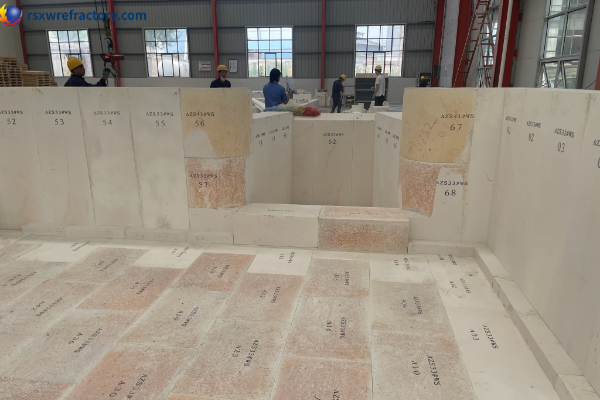
2. Sintered refractory materials are important supporting refractory materials used in large quantities in melting furnaces. Common varieties include silica bricks, alkaline bricks, zircon bricks, zircon mullite bricks, mullite bricks, sillimanite bricks, high-alumina bricks, clay bricks, முதலியன.
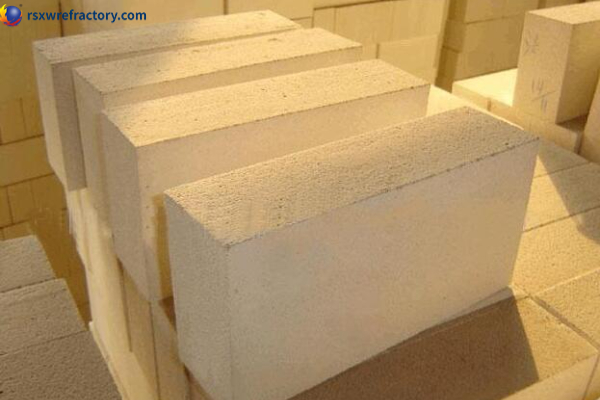
3. The amount of amorphous refractory materials currently accounts for only 3% to 4% of the amount of refractory materials in melting furnaces, but it is very important for the age of melting furnaces. பொதுவாக, amorphous refractory materials should use the same material as fixed materials. Therefore, the common varieties have the same composition as their corresponding fixed refractory materials.
4. Insulating refractory materials require low density, low thermal conductivity, good thermal insulation effect, high refractoriness and mechanical strength, and do not react with contacting refractory materials. Commonly used insulating refractory materials include lightweight insulating bricks, insulating boards and insulating (lightweight) காஸ்ட்பிள்ஸ், insulating coatings, and refractory fibers.
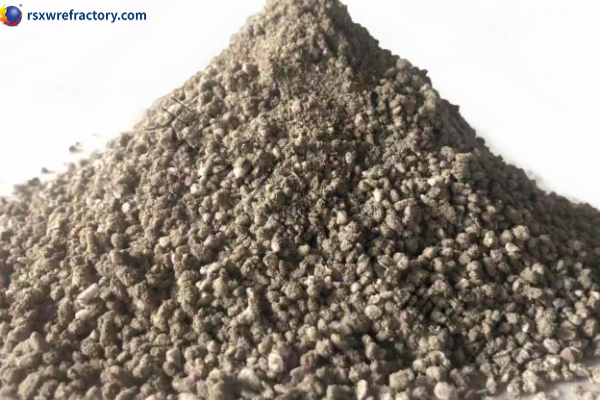
 ரோங்ஷெங் குழு
ரோங்ஷெங் குழு

WeChat
wechat மூலம் QR குறியீட்டை ஸ்கேன் செய்யவும்